Seiji Matsuyama
Рождение : 1947-05-21, Musashino, Tokyo Prefecture, Japan
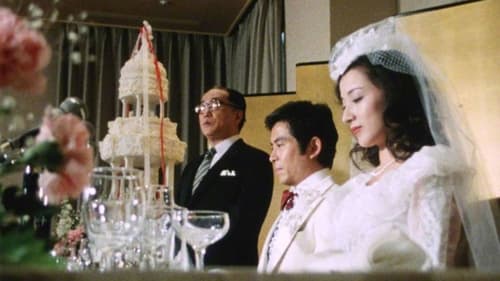
Kenji, a disciple of the famous detective Kyosuke Kozu, had a strange experience in the world. He was asked by a woman named Shoko Ima to find the corpse in the soil. Shoko is a famous dancer in the modern ballet world, and she just married doctor Fujimoto 10 days ago. However, on that day, Shoko had disappeared. Her corpse seems to be at the base of the ginkgo tree in the house of the sculptor Kagawa, who was rumored to have a romantic relationship. Police arrested Konosuke. However, Kagawa was also suspicious.

Fumie's brother
Yukio is an ex-farmer working as a dump-truck driver in Kashima. Haunted by the drowning of his two young sons, whose names he has had tattooed on his back in penance, and locked in a sibling rivalry with his traditional but urbane younger brother who lives in Tokyo, Yukio has become an amphetamine-addicted loner at odds with his family, friends and colleagues.

A group of bandits flee to the mountains after killing an evil moneylender. Remake of Hiroshi Inagaki's Jigoku no mushi (1938).
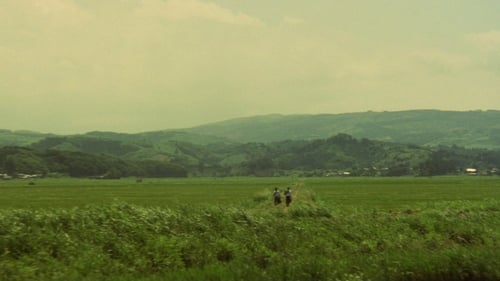
Miki's Son
В центре сюжета два детектива, упорно расследующих убийство пожилого мужчины.
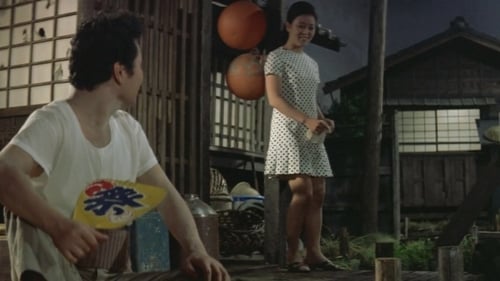
После встречи с сыном умирающего якудзы и по настоянию его сестры Сакуры, Торадзиро пытается изменить свой бродячий образ жизни и стать честным работником с постоянной работой.

Student
A musical comedy.
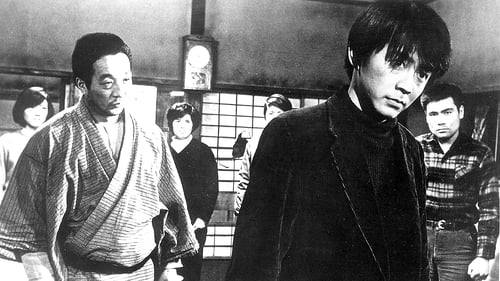
Suekichi
The second film tells about the life of matured brothers and sister Sato. Taro became a foreman. He saves every yen to fulfill his dream of building his own house with stone gates. Jiro continues to work in the transportation office, he dreams of getting married. Saburo faces a moral problem: in order to get a good position, he must answer the questions of the entrance test differently than his conscience tells him. At the exam, Saburo does not hide his views on life and is deprived of the promised position. Orie and Suekiti believe that he did wrong and betrayed his older brothers. But the anxiety in the Sato family is not limited to these events. Orie was being asked to marry a handsome, well-established young man, but she suddenly announced her decision to marry Tozaka, who was suffering from radiation sickness. Sato's peaceful home is falling apart...
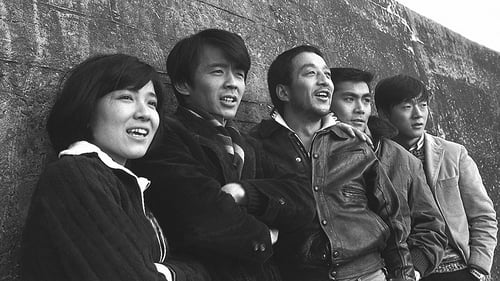
Suekichi
"Young People" is a story about the lives of four brothers and a sister, Sato. After the death of his parents, the older brother, Taro, who works in construction, decides to replace them. The second brother, Jiro, is a truck driver. The third, Saburo, is a student, dreams of a better future for the whole family are connected with him, with his career. Brothers and sisters are fighting to give him a higher education. And, finally, the youngest of the brothers, Suekichi, is also going to enter the university after graduation. The life of the Sato family is complicated. Taro is kind, but limited, not always able to find a common language with his brothers and sister Orie. The girl cannot stand the despotism of her brother, leaves her home and goes to work at the factory. With her departure, everything in the house goes upside down. Suekichi fails her university entrance exams, Orie is forced to return to her family.

«Тринадцатая ночь»: 13-й день девятого месяца — это традиционный праздник любования луной. Поздним вечером Осэки приезжает в дом родителей, чтобы рассказать, как мучительно ей жить в доме мужа. Она ищет у родителей понимания и защиты. «В последний день года»: Оминэ обращается к хозяйке за помощью. Она должна спасти дядю, который воспитал её. Если он не оплатит долг до конца года, его ждет крах. «Мутный поток»: Рики надоела жизнь продажной женщины. Её пугает бродящий за ней Гэн, который растратил на неё все свои сбережения. Господин Юки совсем другой, он богат и беззаботен, но захочет ли он взять её в жены.

Suekichi
The final part of the trilogy. It is about a younger brother, Suekichi. He learned well the lessons that life taught his older brothers. Therefore, he does not think to study, but strives for material well-being alone. To make a career, he ruthlessly pushes his colleagues with his elbows. For him, the high ideals of trade union activists Jiro and Saburo are an example of old-fashioned thinking, naive behavior.







